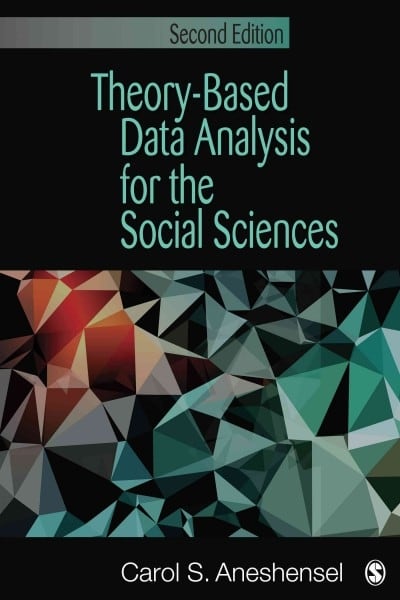Question
Reference :Adolescence is the time when many start experimenting with sexual behaviors. Often without proper guidance and education, they have the likelihood of indulging in
Reference :Adolescence is the time when many start experimenting with sexual behaviors. Often without proper guidance and education, they have the likelihood of indulging in risky sexual behaviors and getting sexually transmitted infections (STIs), HIV/AIDS, or unwanted teen pregnancy. Sex education thus assumes paramount importance for this age group. Various educational programs have been developed to deliver sex education and many are based on behavioral theories.
Theory of planned behavior (TPB) has also been used in this regard and one such program developed for Iranian girls is by Darabi and colleagues (2017). Besides the usual constructs of TPB namely at-titude, subjective norms and perceived behavioral control in predicting intention which in turn predicts behavior, the researchers also added parental control as one of the antecedent constructs in the model keeping in mind the Iranian culture.
The study was conducted as a randomized controlled trial with 578 high school girls in the ages 12 to 16 years old divided equally in the experimental arm (n=289) and control arm (n=289). The intervention delivered over a period of three months consisted of (1) training sessions for girls using a specially designed and (2) a two-hour parental workshop about high-risk behaviors, sexual, and reproductive health.
The training for girls included influencing knowledge (lectures and slideshow), attitudes (role-playing, training animation, story-writing, and teasers brainstorming), subjective norms (booklet), and perceived behavioral control (story-writing, small group discussion, and booklet). The students were followed for six months and data were collected on TPB constructs, parental control and behaviors.
The results indicated statistically significant improvement in constructs of TPB, parental control, behavioral intention, and behaviors over time in the experimental group when compared to the control group. The researchers concluded that TPB was an effective approach for influencing sexual behaviors among adolescent girls in Iran.
1.Argue for the conclusions of the researchers in this study.
2.Argue for the manner in which TPB constructs were used in this study. What else could have been done to better operationalize the constructs?
3.What would be the impact on the results if the theory of reasoned action (TRA) was applied?
4.The study used a randomized controlled trial (RCT). Is this design appropriate? Why or why not?
5. The study used a randomized controlled trial (RCT). Is this design appropriate? Why or why not?
6.Are the study findings generalizable to the United States or other parts of the world? Why or why not?
7.The study used self-reporting of all variables including behaviors. Is there a problem with that? Why or why not?
8.Argue for or against TPB as a model compared to other ones discussed in this course.
9.What are some disadvantages of TPB?
10.What aspects should be considered in designing a TPB-based intervention for a target population and target behavior of the researcher's choice?
Step by Step Solution
There are 3 Steps involved in it
Step: 1

Get Instant Access to Expert-Tailored Solutions
See step-by-step solutions with expert insights and AI powered tools for academic success
Step: 2

Step: 3

Ace Your Homework with AI
Get the answers you need in no time with our AI-driven, step-by-step assistance
Get Started


